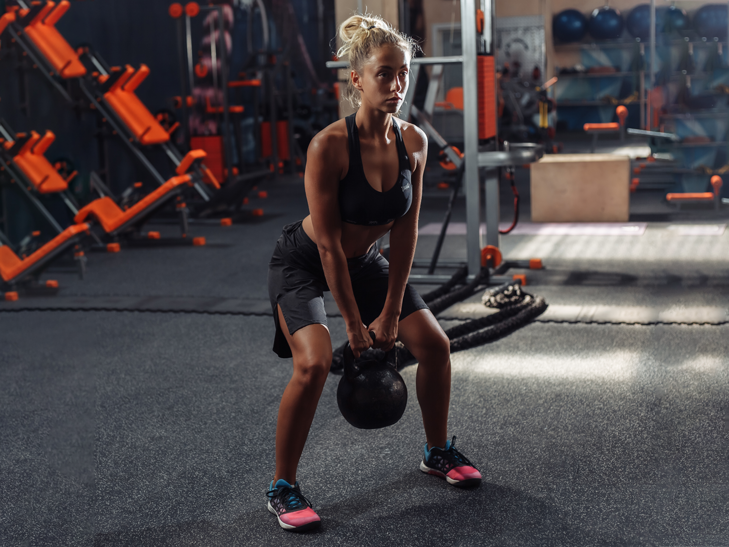The Power of Functional Fitness: Unlocking Your Full Potential

In recent years, the fitness industry has witnessed a shift towards a more practical and purposeful approach to training. Functional fitness, a dynamic and holistic training methodology, has gained immense popularity among fitness enthusiasts of all levels. Unlike traditional gym workouts that often focus on isolated muscle groups, functional fitness trains the body to perform real-life movements and tasks with improved efficiency and strength. In this article, we will explore the principles, benefits, and exercises associated with functional fitness, backed by scientific evidence and expert advice.
Principles of Functional Fitness: Functional fitness is rooted in the idea that physical activities should be performed in a way that mimics daily life movements. The main principles of functional fitness include:
- Multi-joint movements: Functional fitness emphasizes exercises that engage multiple joints and muscle groups simultaneously. These compound movements replicate real-life actions, such as pushing, pulling, squatting, and twisting, allowing the body to develop strength and coordination across multiple planes of motion.
- Core stability: The core muscles, including the abdominals, lower back, and hips, play a crucial role in functional fitness. Strengthening the core helps improve stability, balance, and overall functional performance.
- Functional movement patterns: Exercises in functional fitness replicate movements that are commonly performed in daily activities or sports. By training the body to move in a coordinated and efficient manner, functional fitness enhances performance and reduces the risk of injuries during everyday tasks.
Benefits of Functional Fitness: Functional fitness offers a wide range of benefits that extend beyond the gym. Here are some key advantages supported by research:
- Improved functionality: By training the body to perform practical movements, functional fitness enhances overall physical functionality. This translates into improved balance, agility, flexibility, and coordination, making daily activities easier and more enjoyable.
- Increased strength and power: Functional fitness workouts focus on developing functional strength, which is essential for performing tasks that require lifting, carrying, or pushing objects. Regular training can lead to increased muscle strength and power, enabling individuals to tackle physical challenges more effectively.
- Injury prevention: Functional fitness exercises promote balanced muscle development and joint stability, reducing the risk of injuries during physical activities. By improving overall body mechanics, functional fitness helps individuals move with better form and reduces the strain on vulnerable areas.
- Enhanced sports performance: Athletes across various disciplines can benefit greatly from functional fitness training. The emphasis on multi-joint movements, core stability, and functional patterns helps athletes improve their performance by increasing power, agility, and sport-specific skills.
Functional Fitness Exercises: Functional fitness workouts incorporate a variety of exercises that engage the entire body. Here are some popular functional exercises:
- Squats: Squats mimic the motion of sitting down and standing up and are excellent for strengthening the lower body and core muscles.
- Deadlifts: Deadlifts simulate the act of lifting objects from the ground and are effective for developing strength in the posterior chain, including the glutes, hamstrings, and lower back.
- Lunges: Lunges engage the lower body muscles, particularly the quadriceps, hamstrings, and glutes. They help improve balance, stability, and coordination.
- Push-ups: Push-ups target the chest, shoulders, triceps, and core muscles, strengthening the upper body and improving stability.
Functional fitness provides a comprehensive and practical approach to physical training, enabling individuals to optimize their overall functionality and performance in daily life activities. By focusing on multi-joint movements, core stability, and functional patterns, functional fitness workouts offer numerous benefits, including improved functionality, increased strength, injury prevention, and enhanced sports performance. Incorporating functional fitness exercises into your fitness routine can help you unleash your full potential and enjoy a healthier, more active lifestyle.
